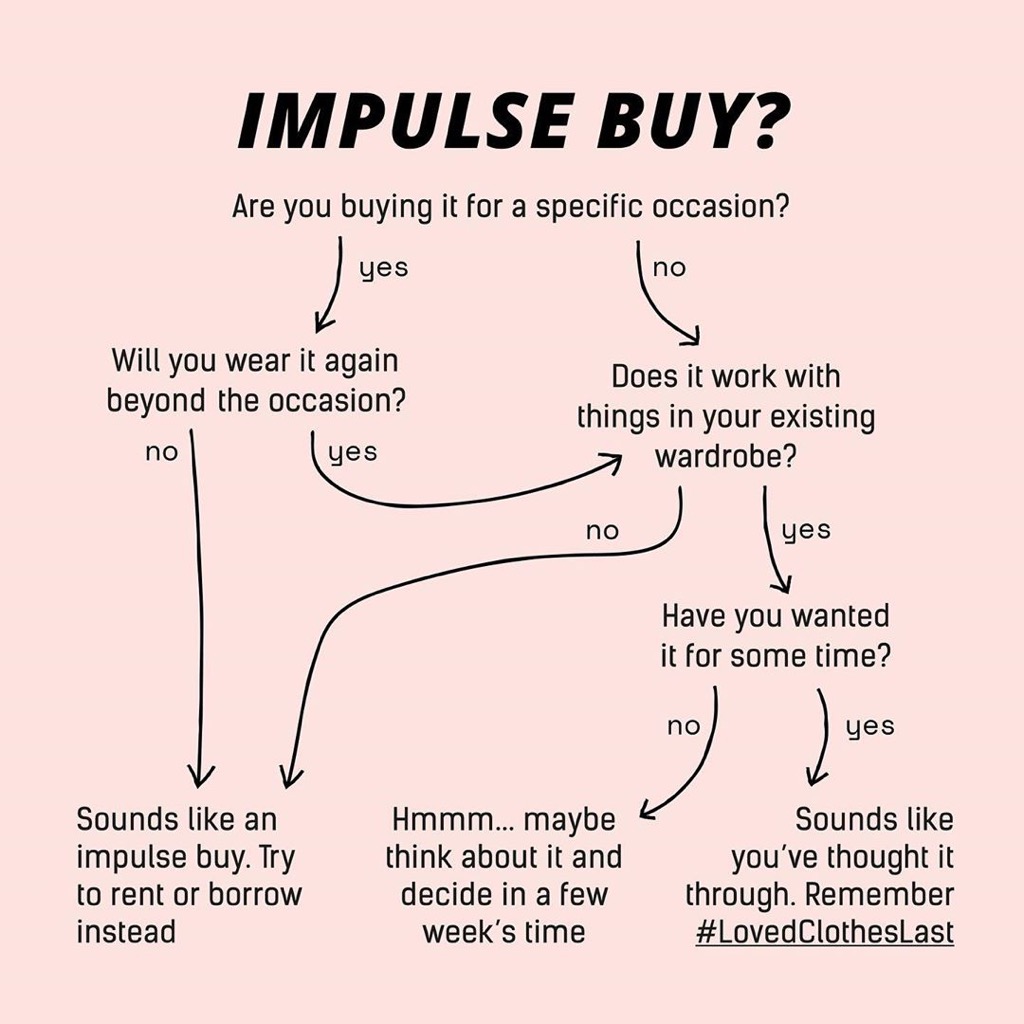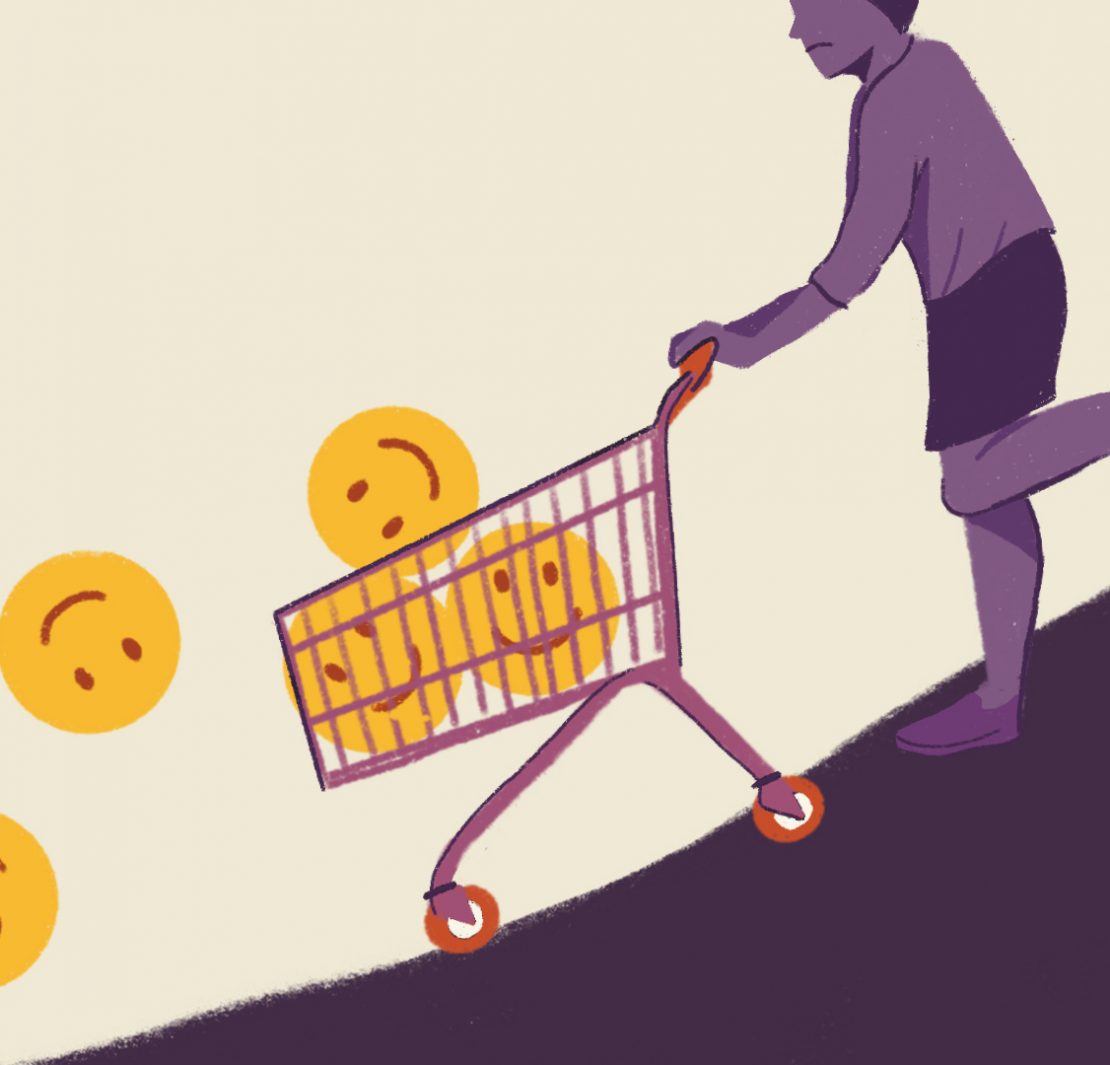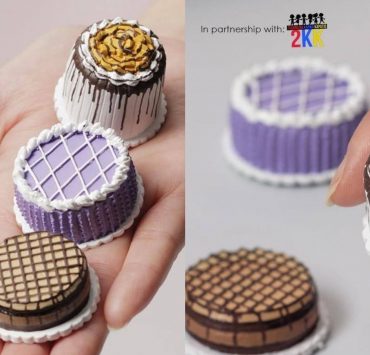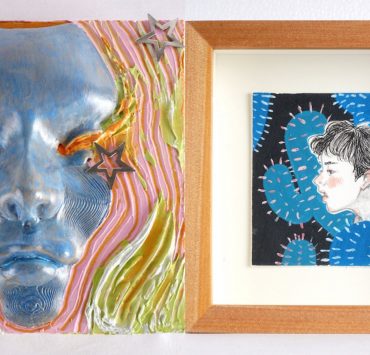As I write this, I am trying to convince myself that I don’t need a P9,000 pair of sneakers I fell in love with overnight. It’s a much-hyped release that will have every sneakerhead scrambling to win it in a raffle.
I’m glad to report that after sleeping on it, I’ve convinced myself that I am not the kind of person to splurge on trendy shoes.
If you’re not as equipped with, uh, my version of wisdom, here’s what you should know about impulse buying, or what passes for retail therapy meant to help our mental health these days.
Buy now, think later

In the US alone, 35 percent of Americans said they have made impulse buys during the pandemic, according to a survey by personal finance website Credit Karma.
With Black Friday, Cyber Monday and locally, a much-awaited 11.11 sales blitz coming up, more people are expected to “add to cart” without thinking things through.
[READ: Our online shopping habits are producing more plastic waste]
But can they blame us? After being locked down for months, don’t we at least deserve some sort of consolation, preferably delivered as a parcel?
While we can easily blame this rush to (ill) judgment on quarantine blues, there’s something you need to know about the perceived benefits of shopping.
Money can’t buy (long-term) happiness
Remember that saying “Money can’t buy happiness” and how vehemently we’ve tried to debunk it? Well, it turns out there may be some truth to that. Actually, let’s put it this way: it can make you happy, but not for long.
Consider the term “shopping buzz” or the high we get from shopping (online or in-person). All purchases are emotional, right? We buy things to feel something, to fill some sort of void. But after that temporary need for something subsides, we get on the next train to fulfill another need through another purchase.

A 2017 research by Greenpeace shows that from the moment we get our hands on a coveted item, shopping buzz decreases from 100 percent to 33 percent within the first day, to a low of six percent a week later.
I am reminded of a quote from my favorite fictional shopaholic, Rebecca Bloomwood, who once said, “When I shop the world gets better, the world is better; and then it’s not anymore and I have to do it again.” This should also remind us of the cyclical nature of consumerism. Giving in to an impulse once can lead you to repeat it just to maintain the adrenaline rush.
So how do we stop ourselves from being a slave to our desires—at least in the retail sense?
Marketers have created this to skirt the thought process that we should go through before arriving at a decision to—to use a streetwear slang—“cop or drop” a piece of clothing, accessory or shoes.
Resisting a sale
Fashion Revolution, a collective of professionals, creatives and manufacturers who advocate a sustainable, ethical, socially aware and long-term change in fashion and consumption, has a simple test to identify and halt impulse buying.
The impulse buy flowchart asks you a couple of questions about your prospective purchase. Based on your answers, it tries to identify whether it is a spur-of-the-moment emotion or a well-thought-of decision.

I saw it on my Instagram feed the morning after I reached the decision to pass on that hyped pair of sneakers. Sure, it passes some criteria. I will definitely wear it again (and again) and it works with my current wardrobe. But have I thought about it for some time? That is a resounding “no!”
It is much harder to free ourselves from this system while in quarantine when the feeling of isolation overwhelms us to a point where we justify a punishment and reward mindset.
Fash Rev’s flow chart suggests that I think about it and decide in a few weeks’ time. But I know those shoes won’t be there by the time I come to a conclusion. Sneakers as part of the streetwear category, after all, are among those items that have perfected the limited edition and drop strategy, where a retailer creates buzz for something that will be produced in small quantities to drive up demand for it. This in turn creates an illusion of exclusivity that mentally conditions consumers to want it more.
Marketers have created this to skirt the thought process that we should go through before arriving at a decision to—to use a streetwear slang—“cop or drop” a piece of clothing, accessory or shoes.
It is much harder to free ourselves from this system while in quarantine when the feeling of isolation overwhelms us to a point where we justify a punishment and reward mindset.
Retailers take advantage of this by constantly flooding our feeds with ads and sales. To say that it is up to us to avoid these tactics disregards the fact that social media and the internet have infiltrated every aspect of our lives, and that what little self-control we have cannot possibly match their aggressive marketing campaign.
So where does that leave us?
For Fash Rev, a meaningful and purposeful purchase is one that you have weighed based on many factors other than wearability. Its campaign #LovedClothesLast wants to impart the message that joy can be found in your existing wardrobe, too, and that objects and the joy they bring can stretch on for years if you care for them right.
[READ: This online quiz calculates the carbon footprint of your clothing choices from shopping to laundry]
A few cared for and cherished possessions are definitely better than a thousand mindless and bought-on-a-whim stuff. Disclaimer: I don’t know who said that nor have I fully convinced myself of that, but here’s to trying.
Get more stories like this by subscribing to our weekly newsletter here.
Read more:
How to sustainably care for your clothes
Our clothes may be polluting the oceans. Just check its label
Sorry to tell you, but your gym clothes are killing the environment
Writer: CHRISTIAN SAN JOSE
ART CLARISSE ALFONSO




